
Blog | 10-minute Read
People power: What is technology adoption and change management?

Ingrid Jack
Integration Director
Published: 12 August 2019
In today’s world of rapid transformation, it’s imperative that businesses consider the ‘people’ element of change, or else risk seeing their investment fail.
If you fail to plan for how people will interact with new technology or adopt new ways of working, then you will ultimately fail to deliver against your new technology project objectives.
Every business or IT change project should include technology adoption and change management in the planning and implementation phases. Adoption and change management is so much more than the old-school, “we’ll build in some communications and training towards the end of the project.”
Adoption and change management is a hot topic in many modern companies who are looking to evolve with technology and stay ahead of their competitors.
Most organisations recognise they have skilled and talented people working for them and understand their ways of working as well as the technology being implemented. So how can they utilise this knowledge and ensure that required changes land well within the business?
Tech adoption and change management – what’s the big deal?
Adoption and change management is a critical element in ensuring any new technology project is a success, but it’s not enough on its own!
Research demonstrates that there are 3 key factors within a successful project:
- Having strong sponsorship to ensure that the ‘motivation to change’ flows down from the top, and that the right resources are assigned.
- Strong project management to deliver the technical initiative according to timeline and budget.
- And of course, adoption and change management, which puts a focus on the people and the way they work.
ALL of these elements need to be considered and effectively implemented to ensure a transformation project’s success.
Many organisations are typically strong in one or two of these areas, but only the most successful recognise the value of resourcing each area equally – many fall short when it comes to the third factor, failing to adequately supply time and resources to support technology adoption and change management.
Technology adoption services significantly increase in importance when two or more of these scenarios apply:
- End users will be heavily impacted by the project.
- Success of the project depends on user adoption.
- The team designing and deploying the solution do not have a full understanding of end user current state and/or needs for the solution.
- The organisation has a history of failed or delayed projects.
- The organisation is resistant to change or hasn’t introduced much change in recent years.
- Some business units have a history of not adopting solutions / finding their own solutions or workarounds.
- Some business units have a history of non-compliance with corporate policies and processes.
Essentially, adoption and change management processes provide a structure and approach to support an organisation to prepare, plan for and adopt new technology and new ways of working to ensure the change is sustained and reinforced.
In simple terms, it helps you get from A to B while keeping your people happy and maximising the benefits of the change.
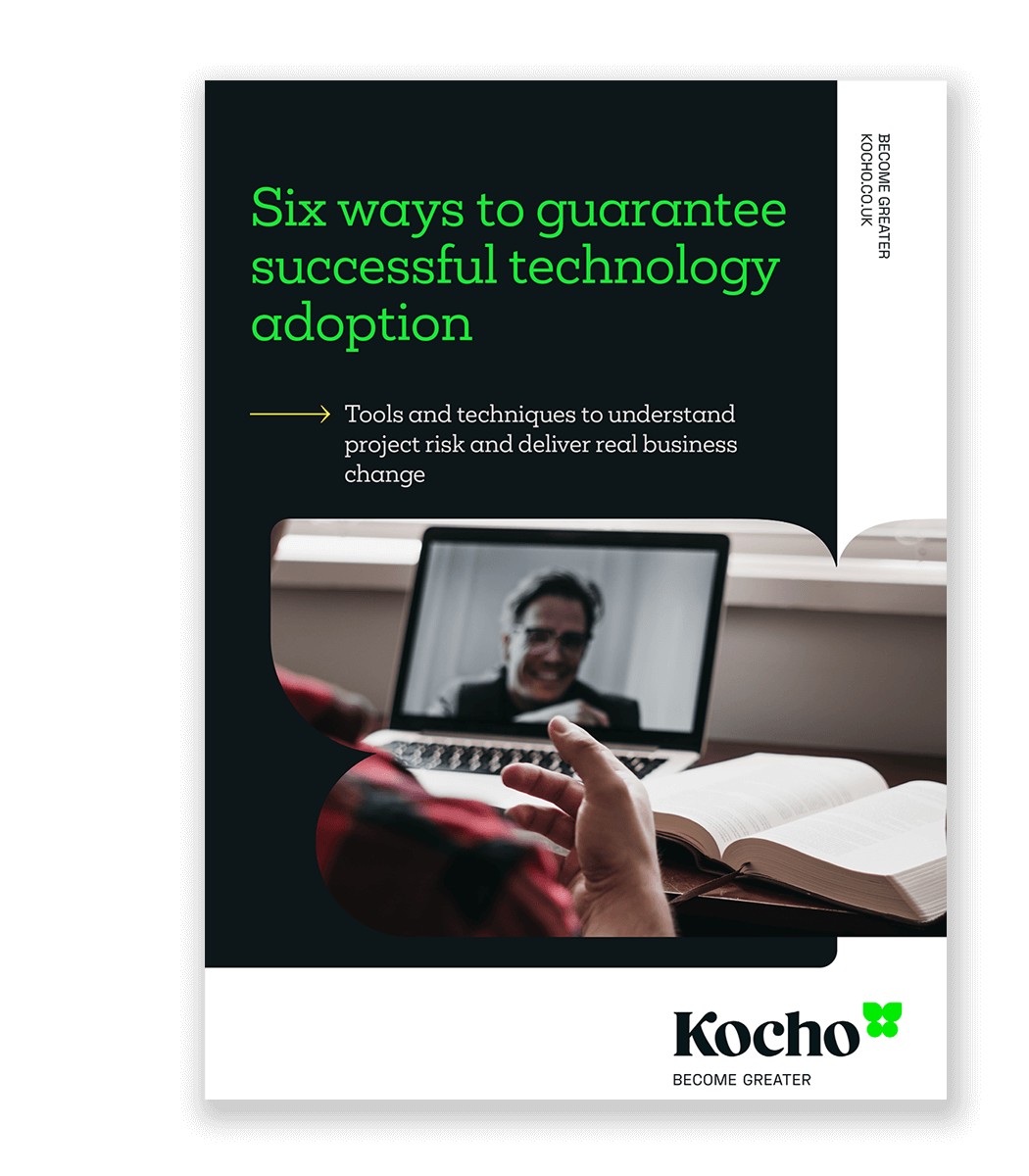

Free Guide
6 ways to guarantee successful technology adoption
50% of all projects fail to meet their goals.
Discover tools and techniques that help you:
- Understand project risk and deliver ROI
- Prepare for typical scenarios that cause project failure
- Deliver successful digital transformation
Why does technology adoption fail?
Let’s consider why many organisations fail to understand the true impact of adoption and change management on a successful project…
1. The bad business case
When new technology is introduced, a business case is often produced to secure project funding.
However, with tight budgets and timelines, this often focuses more on the project and technology costs with little or no consideration for adoption and change management.
The issue with this is that a considerable amount of money would be spent on implementing the technology but the return on investment (ROI) will not be realised if users are not using it to its full potential.
Furthermore, the project is likely to overrun and exceed budget if sufficient time and budget aren’t planned for the people aspects of the project. To truly realise ROI on any project that involves user change, a company must engage the business and treat the project as a complete business transformation.
2. Was there too much influence from internal IT?
One overarching principle that will increase the likelihood of successful project adoption is the active engagement and involvement of the business, at all levels – ensuring the project is business led, rather than IT led.
Typically, IT will assume the needs of the business and lead the change using a timeline that suits a technology implementation plan, without considering the business needs and impact to users’ day-to-day activities.
This is caused by a variety of reasons: lack of sponsorship from the business, lack of strong project management, lack of budget within IT, lack of understanding of the significance of change and more.
Good adoption and change management processes ensure projects are business-led right from the start, helping to identify and mitigate most of these pitfalls.
3. Did you communicate and ‘really engage’ with your people?
People respond and adapt to change in different ways at different paces – due to individual personal circumstances and the way that that change is introduced. One of the most important elements of adoption and change management is communications.
Every person on the receiving end of the change needs to understand why the change is happening and how it can benefit them. How do they need to change their day-to-day activities? Why should they, unless it’s going to help them to do their job better or make their life easier?
To truly understand the current frustrations and potential benefits for the different groups within the workforce, effective business engagement in the early stages of the project is essential.
With the information gathered at the discovery stage, you can create a personalised approach to preparing different areas and roles within the company. This will allow you to deliver a change programme that works specifically for your organisation, which will only improve ways of working and interaction with new technology and solutions.
The secrets to successful change
So, how do you ensure that your projects really captivate your staff and make them want to adopt these new technologies and solutions? In our experience there are several key factors to delivering successful adoption:
1. Align with corporate strategy and vision
Ensure you maintain visible and active senior sponsorship throughout the project lifecycle. This will help you to deal with blockers, strong opinions and issues that emerge.
Project teams often forget how the change was aligned to the corporate strategy as more and more stakeholders get involved. Aligning senior sponsorship early to define a project vision that compliments the corporate strategy and staying on top of it with the use of a Steering Committee or Project Governance Board, is critical.
Giving regular updates on the project to senior sponsors will ensure visibility of the strategic objectives and actively engage them during the deployment and adoption elements of the project.
2. Get to know your audience
You need to understand your final project audience (the users). Get to know what makes them tick and get them excited about the new change. Time spent understanding the way that people work will be invaluable in later stages of the project.
A proper discovery stage is imperative to understanding your audience, their current ways of working and frustrations. This, in turn, allows you to understand the benefits and the “what’s in it for me” for the different groups of people, which will help you shape communications before and during roll-out.
Understanding business requirements also allows you to customise your solution to different roles within the organisation. For example, taking an Office 365 deployment project. It’s a huge solution in the eyes of an individual user as it has a lot of capabilities.
However, every user is different and may not utilise the full solution as they don’t need it for their day-to-day activities. Understanding their requirements will allow the project team to cater to the needs of the different roles by communicating the capabilities which really matter to different parts of the workforce.
While getting to know your audience is important, understanding the solution’s complexity and the readiness of the organisation to receive it is just as crucial to the success of adoption.
3. Customise your approach
The more you tailor your project approach to meet the specific needs of users, the more likely it is to be adopted.
Planning is no easy task when it comes to adoption. It’s not as simple as creating a communications and training plan. In addition to comms and training, there are other plans to consider before being change ready:
- Resistance management
- Sponsorship management
- Coaching those actively engaged in the change
- Adoption measurement
- Rewards and recognition
- Change champions network
These plans form the overall change plan that is derived using the information gathered from the discovery stage, as well as liaising with the relevant stakeholders within the organisation.
Kocho customise these plans using experience and lessons learned to derive an exciting and fit for purpose user journey, which will show the impact on users rather than the organisation.
Remember, organisations don’t change, people do!
4. Deliver an exciting change
Deliver change with an exciting brand that everyone will recognise and associate with being worthy of their attention.
If the project team are having fun delivering the change with events and training, it is likely to be received well by your audience. Ensure change is delivered using methods in line with the organisational culture and address the needs of the individuals.
Kocho use the ADKAR® methodology combined with the information gathered in the discovery stage to deliver change adoption that addresses individual needs and change pace:
It’s a continuous process
Re-visit your audience after completing the technology implementation and adoption activities.
Remember, people adapt to change at a different pace and have different views of change. It always helps to carry out “mop up” activities.
There will be colleagues who were not available during the exciting events and training. Furthermore, some may come for training, not pay attention and need more assistance once they really start using the solution. Hold training sessions and drop-in clinics once you’ve given users a chance to use the technology you are implementing.
Delivering a change project shouldn’t be daunting, but it may involve you doing things differently to the way you have delivered projects in the past.


Free Guide
6 ways to guarantee successful technology adoption
50% of all projects fail to meet their goals.
Discover tools and techniques that help you:
- Understand project risk and deliver ROI
- Prepare for typical scenarios that cause project failure
- Deliver successful digital transformation

Great emails start here
Sign up for free resources and exclusive invites
Subscribe to the Kocho mailing list if you want:
- Demos of the latest Microsoft tech
- Invites to exclusive events and webinars
- Resources that make your job easier

Don't Miss
Great cloud transformation resources


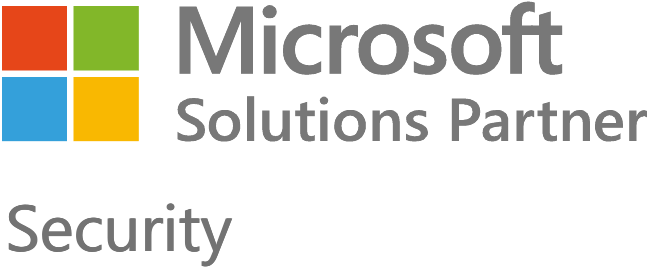
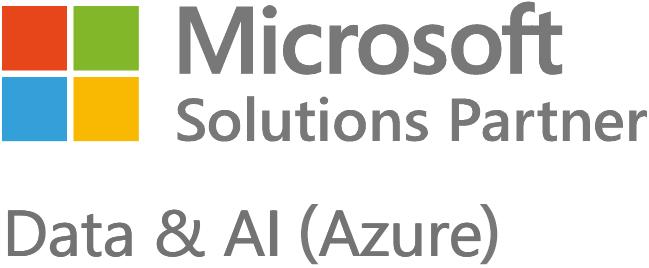
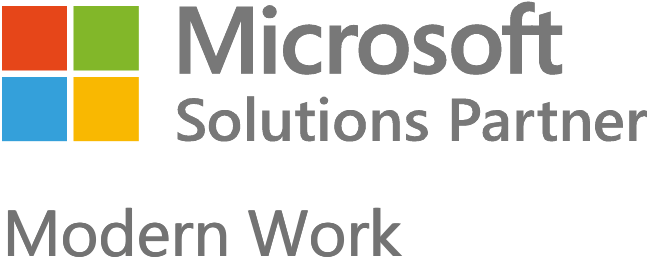
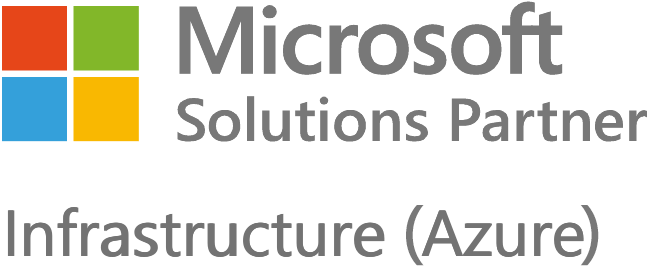
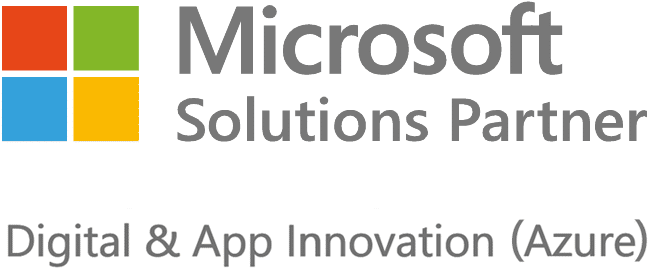

















Got a question? Need more information?
Our expert team is here to help.






